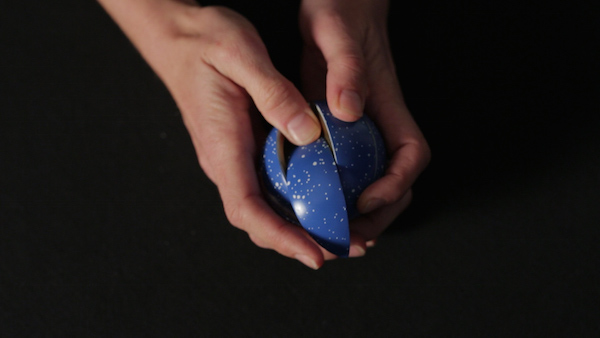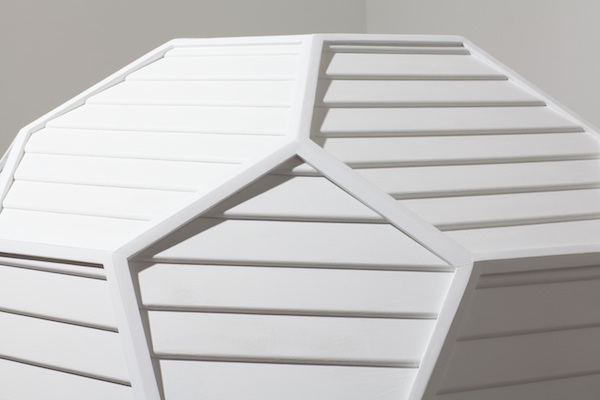- Published: Tuesday, March 03 2015 18:21
Space Art Is in the Eye of the Beholder
As an artist, I have found myself deep in the minutiae and logistics of what it would be to live in space. I’m making greenhouse prototypes, researching bonsai for use as philosophical/poetic objects for space travel, and developing an astronaut Homesickness Kit. But I am most concerned about how we retain our humanity in an Earth-deprived environment. Earth contributes to the way we think about ourselves, which is even reflected in our language. Our cultures have developed in relationship to their site-specific environments, and our bodies have adapted physically to living in those precise places, creating our first cultural artifacts—architecture—where we have felt most ‘at home’.
The house remains the central place of human existence, the place where the child learns to understand his being in the world, and the place from which man departs and to which he returns. - Christian Norberg Schulz, Existence, Space and Architecture
As an arts writer, I see ideas about space reflected in culture; specifically in the arts I find them in the details of works that emerge from the artist’s subconscious. In these blog posts I will write about my own artwork, but also those of artists who call me through an interpolative process where I see “Space Art” as a dimension of their work.
Too often, we are constrained by the definition of “Space Art” as that making use of the technologies of rocketry, satellites, astronomy, or telemetry specific to zero-gravity. I believe that it’s time to open up the definition—a critical position I realize will be controversial to many readers here—in order to eke out the multi-faceted influence of space on culture.
Only by doing this will we truly understand the potential not only for “Space Art” but for humans in space, living and creating cultures from the Earth diaspora.
This article I wrote for The Nomadic Journal http://thenomadicjournal.com/2015/02/14/studio-visit-with-maryrose-cobarrubias-mendoza/ looks at work by a colleague of mine here in Southern California, Maryrose Cobarrubias Mendoza. I found “Space Art” in her work where no one had seen it before. Mendoza’s got a lot going on at the moment — a professor of visual arts at Pasadena City College and participation in two exhibitions, one called Between Two Worlds at Cal State Los Angeles, the other opening March 21st at Commonwealth & Council.
In following posts I will interview Mexican space artist Nahum Romero and write more about my work—The Homesickness Kit and a collaborative project with space architect Sandra Haeuplik-Meusburger for an exhibition in September titled “Oasis” at the Sturt Haaga Gallery in Pasadena.
I look forward to meeting you and fielding your questions for me as an artist and arts writer in the Astronomers without Borders Google Hangout. Meanwhile, if you want to see a recent lecture I gave at the SETI Institute for their closed-door think tank workshop “Communicating across the Cosmos,” you can find it posted with some contextual information and other news links on my website:
https://carrie-paterson.squarespace.com/news/
You can also see me scratching my head awkwardly and getting somewhat nervous as I realize I will not be able to complete my presentation. Oh well. SETI participants and others got the idea, and I’ll build on the concepts about olfactory systems, health and plants in my next posts.



Carrie Paterson, The Homesickness Kit, 2013, 2.5 inches diameter
The Homesickness Kit is a multi-scent carrying device designed for space travelers (refugees, émigrés), who could use it as a palliative when dispossessed of Earth. The Kit contains one perfume split into eight essences embedded in beeswax. The project was featured in several exhibitions in Southern California in 2013, at the International Astronautical Congress in Toronto 2014, at Parsons in New York as part of a conference of artworks on the limit of location-specificity, and at KOSMICA, Mexico City. With some technical modifications, the hope is to get the project to the International Space Station.

Maryrose Cobarrubias Mendoza, house (Fullerene), 2012, 195 inches diameter (detail)








Comments